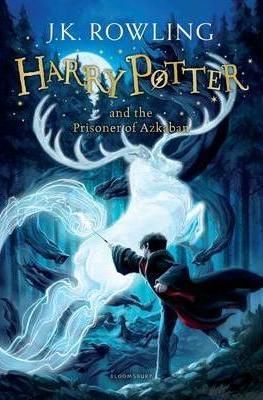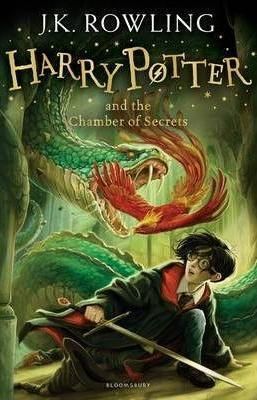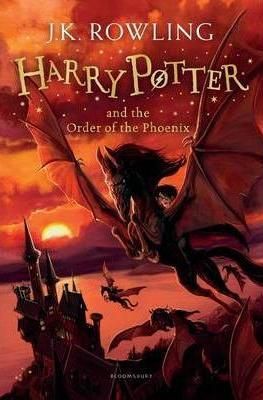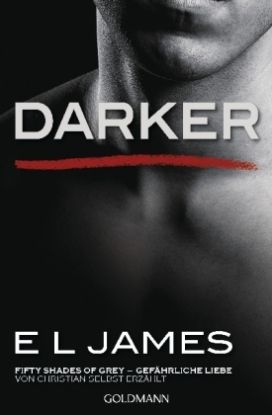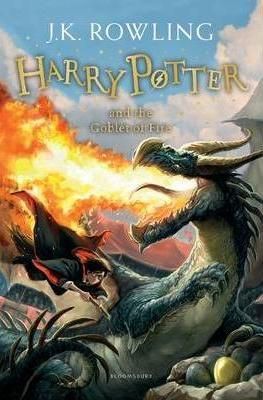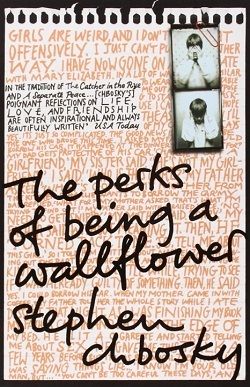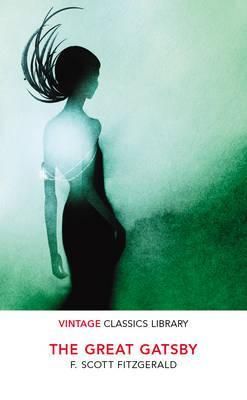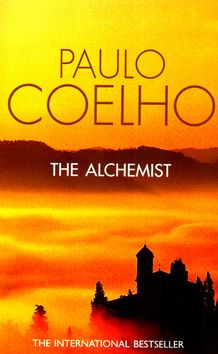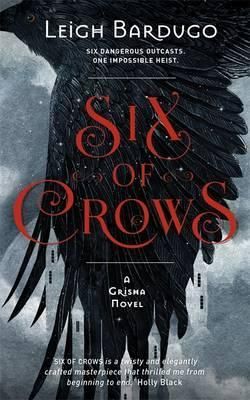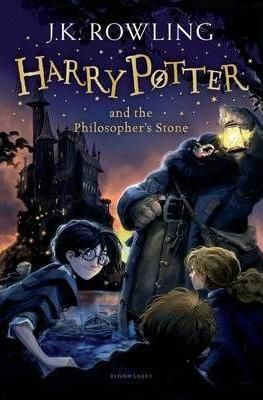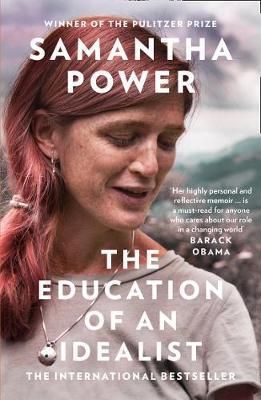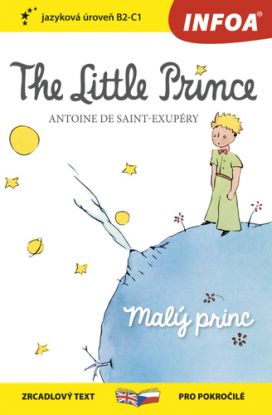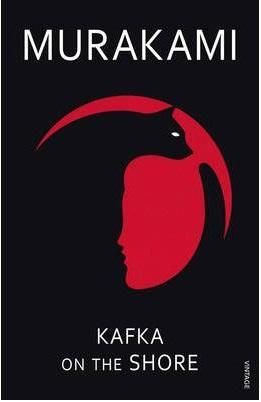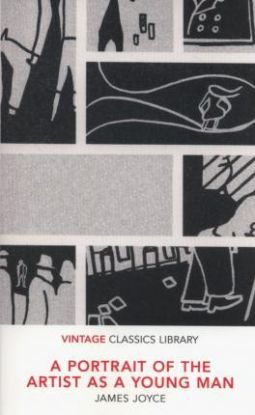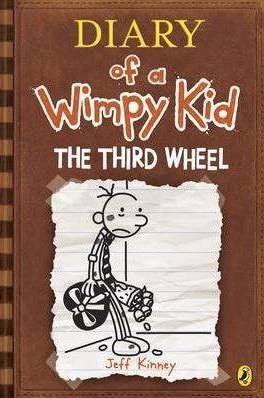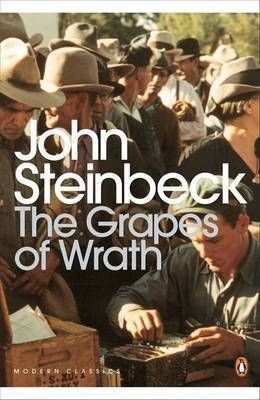Movies of the 60s
Jürgen Müller
Positioned precariously between the uptight 50s and the freewheeling 70s, the 1960s marked a turbulent time in the film industry. Though the term “feminism” may not have been ready for prime time, the 1960s were dominated by women’s liberation&894 from Jane Fonda’s Barbarella to Holly Golightly of Breakfast at Tiffany’s to Bonnie Parker of Bonnie and Clyde, screen females graduated from decorative accessories to complex, kick-ass personas. Now that audiences were more and more glued to their TV sets and the abolition of the Production Code loosened up the rules about what was “permissible” in cinema, filmmakers had more freedom to explore the possibilities of film as an art form. As was often the case, the Europeans were more daring—the French with Nouvelle Vague directors like Godard and Truffaut, and the Italians with such innovative films as Fellini’s 8 1/2 and Antonioni’s Eclipse—but by the mid-60s the Americans also showed signs of exercising creative liberties, especially in films from young underground directors such as Russ Meyer, John Frankenheimer, and Sam Peckinpah. Meanwhile, Mary Poppins and The Sound of Music ushered out the grandiose Hollywood musical era with a bang, the Spaghetti Western became an instant phenomenon, and Bond—James Bond—first appeared on-screen. In true pop art form, the movies of the 60s blurred the lines between art, mass market, and popular culture into a colorful, psychedelic oblivion. Dig it?
Positioned precariously between the uptight 50s and the freewheeling 70s, the 1960s marked a turbulent time in the film industry. Though the term “feminism” may not have been ready for prime time, the 1960s were dominated by women’s liberation&894 from Jane Fonda’s Barbarella to Holly Golightly of Breakfast at Tiffany’s to Bonnie Parker of Bonnie and Clyde, screen females graduated from decorative accessories to complex, kick-ass personas. Now that audiences were more and more glued to their TV sets and the abolition of the Production Code loosened up the rules about what was “permissible” in cinema, filmmakers had more freedom to explore the possibilities of film as an art form. As was often the case, the Europeans were more daring—the French with Nouvelle Vague directors like Godard and Truffaut, and the Italians with such innovative films as Fellini’s 8 1/2 and Antonioni’s Eclipse—but by the mid-60s the Americans also showed signs of exercising creative liberties, especially in films from young underground directors such as Russ Meyer, John Frankenheimer, and Sam Peckinpah. Meanwhile, Mary Poppins and The Sound of Music ushered out the grandiose Hollywood musical era with a bang, the Spaghetti Western became an instant phenomenon, and Bond—James Bond—first appeared on-screen. In true pop art form, the movies of the 60s blurred the lines between art, mass market, and popular culture into a colorful, psychedelic oblivion. Dig it?

202 470 kníh na sklade ihneď k odoslaniu

Poštovné zadarmo pre nákupy od 20€

Rezervácie v 61 kníhkupectvách


